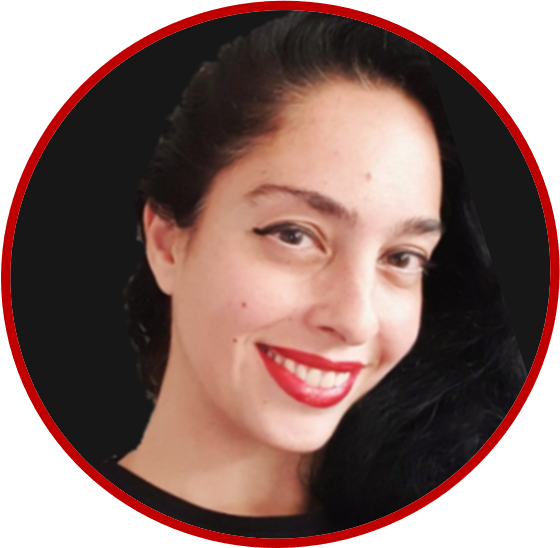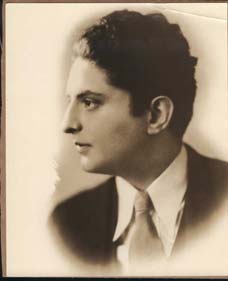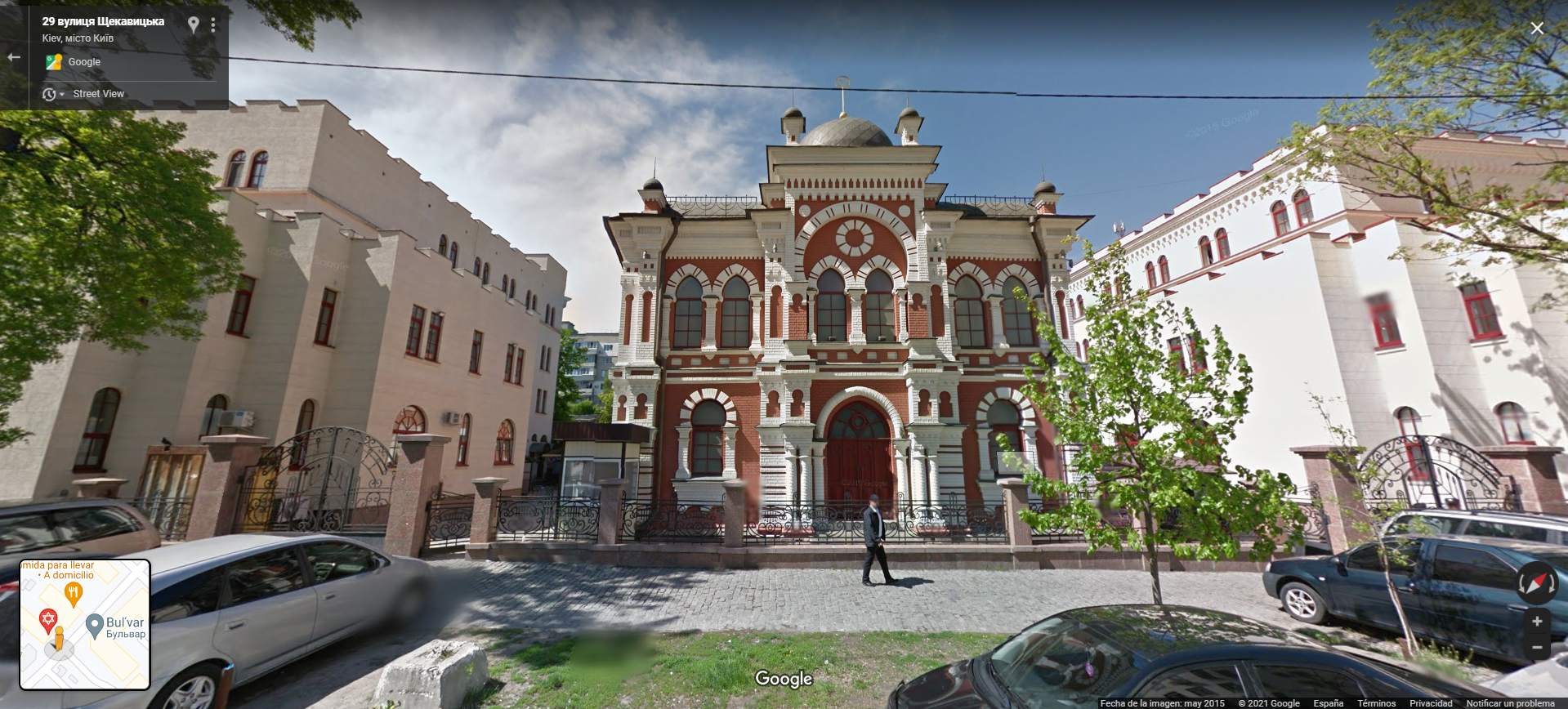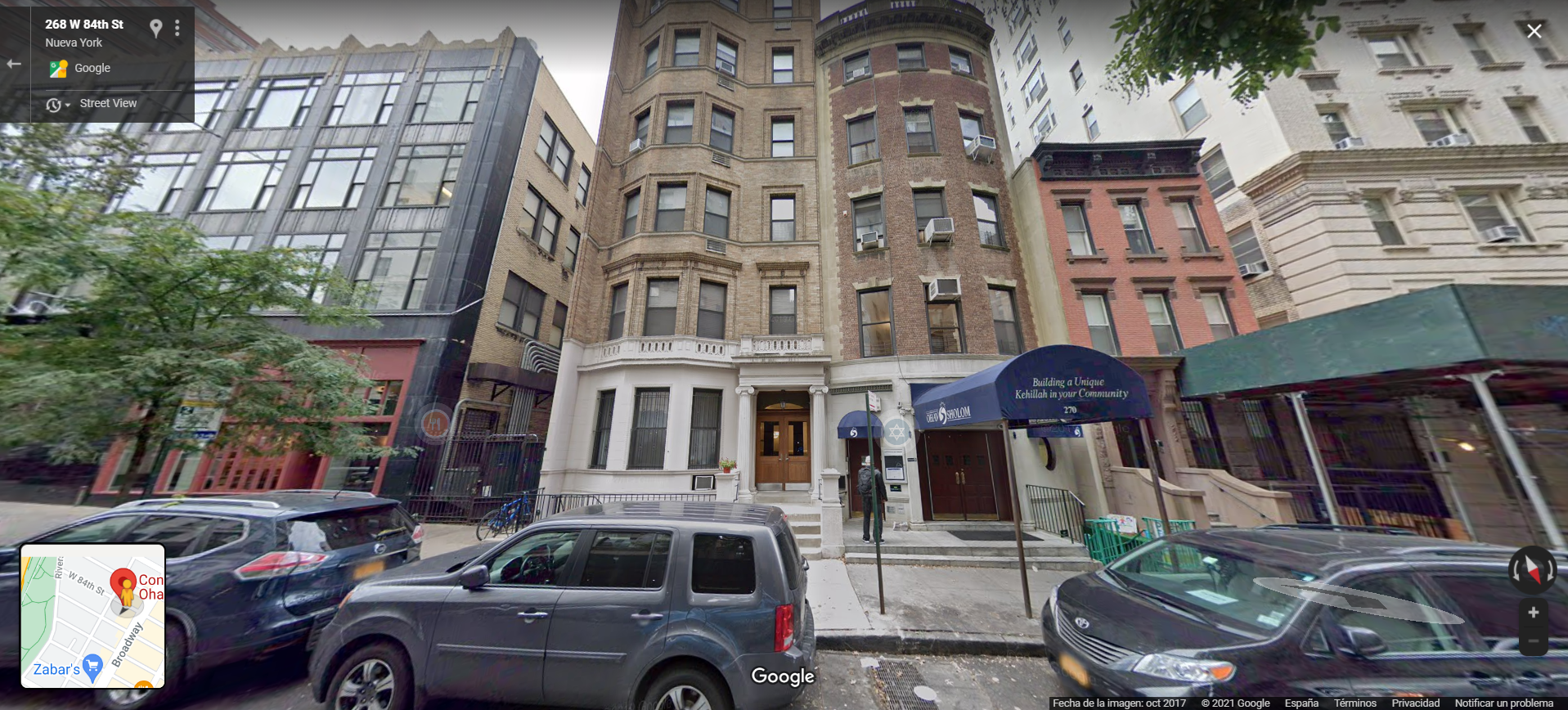Shabbat is almost here
And today we will enjoy the enchanting artistry of a cantor born in Kiev in 1898, outstanding not only as a singer but also as a theorist of cantorial music and as a composer: Leib Glantz.
 Hello, how are you? I hope well! A few days ago my husband rescued from under the mountain of papers on my desk an mp3 player with music that had been stored there for about 10 years. He says he should have been awarded a PhD in Archaeology for that achievement.
Hello, how are you? I hope well! A few days ago my husband rescued from under the mountain of papers on my desk an mp3 player with music that had been stored there for about 10 years. He says he should have been awarded a PhD in Archaeology for that achievement.
Among the many wonders I have stored there is the compilation Mysteries of the Sabbath, Classical Cantorial Recordings, where there are recordings by some of the chazzanim we have heard before on MBS: Pierre Pinchik, Yossele Rosenblatt, Gershon Sirota or Zavel Kwartin ? Click their names to visit the post in MBS’s website about each of them.
The truth is that the panoply of chazzanim is an immense source of enjoyment. Today we will listen to the cantor who opens the disc: Leib Glantz. I hope you enjoy it.
? Do you like Music Before Shabbat? Then, please, spread the word.
| Share the joy of music and learning with your beloved ones. Share MBS. Thank you in advance. |
| Share this with a friend, right from here |
About Leib Glantz
“Although many Chazanim try to sing Glantz’s compositions, his music is amongst the most difficult of all to emulate. He had the ability to enter into the soul of every word he sang and, whereas Glantz could ‘get away’ with some of the extraordinary vocal gymnastics that he performed – indeed it was expected of him – it doesn’t really ring true when people try to copy him.”

This picture ? is from the web page about Leib Glantz in the website of the Recorded Sound Archives of the Florida Atlantic University, that is one of the sources for this bio
“Hazzanim must remember that they are not only musical craftsmen, certainly not just singers. They must themselves create and plan; they must serve as their own architects of contemporary Jewish prayer. They must be the true sh’liḥei tzibbur (messengers of the congregation), the authentic mediators between the congregation and the Almighty. They must be creditable spokesmen on behalf of the Jewish people in God’s own spiritual tongue, the language of Israel’s Song of Songs.”
I found these words by Leib Glantz at the Milken Archive website. Why did I chose this paragraph to start the About Leib Glantz? I tell you why. I work with artists. My company Mapamundi Música is an agency of management and booking of musicians. In the really great artists I feel there is this kind of conception, of being the vectors of something more transcendental than themselves and than the moment. That helps them to overcome the ego and reach to be transcendental.
Read a longer bio of Glantz in Milken Archive or in the Recorded Sound Archives
When the Great Choral Synagogue of Kiev was built, Glantz was only 3 years old. Would he ever sing here? In 1929, just 3 years after he left Europe and moved to USA, the synagogue was closed. It would be open again as a synagogue only in 1945.

- In his teens he organized and conducted a large choir in his father’s synagogue.
- He studied piano and composition.
- He became actively involved in the Zionist movement.
- In 1926 he left Europe. His first plan was to move to Palestine but he first stopped at the USA to record his early compositions and he would live there until 1954, when he moved to Israel.
- During the time he was at the USA, he served as cantor in New York and in Los Angeles, he continued with the political activism and he was also lecturer and theorist of the cantorial music. I will copy a phrase from the Recorded Sounds Archive, that is very interesting: “Glantz theorized that many centuries ago the Jewish people transformed the Greek Pentatonic scale and the Greek Tetrachords and modes, in the process creating original combinations. These became the foundations for the Cantillation of the Torah (Ta’amei Ha’Mikrah) and the Jewish prayer modes (Nusach Ha’Tefila.).”
- He made concert tours all over the United States, Canada, Mexico, South America, Western and Eastern Europe, South Africa, and Palestine.
- In 1954 he moved to Israel, where he continued his work as a cantor and as a composer. In total, he composed 215 compositions. In 1959 he founded the Tel Aviv Institute for Jewish Liturgical Music.
- He died in Tel Aviv in 1964, while in concert, of a fulminant brain hemorrhage.
.I have been doubting for a while whether this is the building where Glantz was hired when he arrived in the USA, as there is another congregation by the name of Beth Jacob Ohev Shalom in Brooklyn. The Congregation Ohav Sholom of the picture is here.

If you search for synagogues in Google Maps in Kiev, it shows at least 12 points in the map. This is the Brodsky synagogue. I would really love to visit Kiev!

.
I have chosen for this MBS the first recording I ever listened to of Leib Glantz but there are many recordings available that are totally and absolutely outstanding. For instance, his Birchat Kohanim.
I’d like to end this section quoting again Cantor Geoffrey L. Shisler, in his web page about Leib Glantz, because it can help us to understand the thrilling feelings that Glantz produces (at least, in me, I am totally moved by him):
“In one of his lectures on Hallel and Tal he said: ‘When we enter an Orthodox Synagogue…the ear is immediately struck by sad, almost tearful tones, and one gets the impression that Jewish liturgy is based on sad, plaintive keys and modes, even when the verbal content expresses joy and thanksgiving.’ In analysing this he suggested that one of the reasons was because of the catastrophic situation that the Jews had endured in the Diaspora over the years.”
Leib Glantz is so immense that he will surely return for the letters of Music Before Shabbat.
About the recording Shema Yisrael
According to the above-mentioned Recorded Sound Archives of the Florida Atlantic University: “In 1929, as a recording artist with RCA, a series of LP recordings included Shema Yisrael, Tefilat Tal, Shomer Yisrael, Kol Adoshem, Lechu Neranena, Birkat Kohanim, Ki Ke’Shimcha, Ki Hineh Ka’Chomer and Ein Ke’Erkecha.”
According to Discogs, the organist was Solomon Braslavsky, who already appeared in Music Before Shabbat in the issue about Zavel Kwartin.
| Share this with a friend, right from here |
